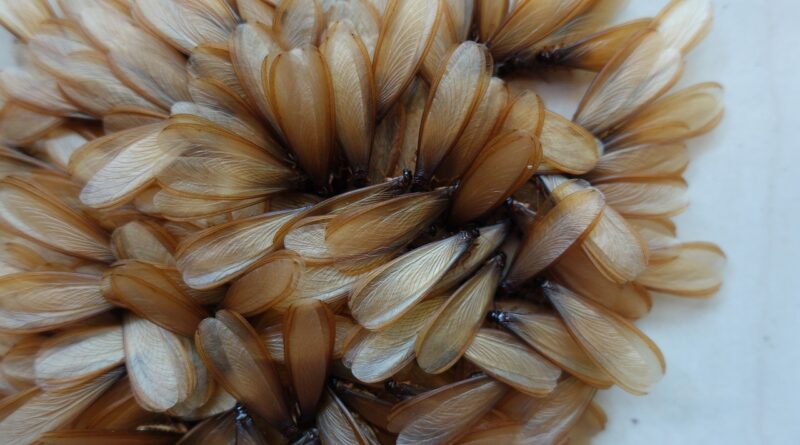The Essentials of Effective Termite Control
Termites are among the most destructive pests that homeowners face, causing billions of dollars in damage to homes and buildings worldwide. These tiny, social insects feed on wood, paper, and other cellulose materials, often causing significant structural damage before being noticed. Effective termite control is essential to safeguard your home from potential destruction. This article examines the key strategies for controlling and preventing termite infestations.
Early Detection is Key
The first step in effective termite control is early detection. Termite infestations often go unnoticed for long periods because the insects usually dwell inside the wood, making it difficult to spot the damage. Signs of a termite problem include:
- Hollow-sounding wood when tapped
- Cracked or bubbling paint
- Presence of mud tubes along walls, ceilings, or foundations
- Discarded wings near windows or doors
If you notice any of these signs, it’s essential to act quickly. A professional pest and termite control service can help identify the extent of the infestation using advanced tools like moisture meters, infrared cameras, or even small probes to inspect hidden areas.
Preventive Measures
Preventing termites before they become a problem is one of the most effective ways to protect your home. Implementing a few simple steps can go a long way in keeping termites at bay:
- Remove Wood and Debris: Termites thrive in humid, dark environments, especially where there’s wood or organic matter. Keep firewood, lumber, and tree stumps away from the foundation of your home. Also, clear out any leaves or debris around the house, as these can create a favorable environment for termites.
- Maintain Proper Drainage: Termites like moisture. Ensure that gutters are clean and water is directed away from the foundation by checking the slope of the ground around your home. Fix any leaks in plumbing and ensure that water doesn’t pool near the foundation.
- Seal Entry Points: Inspect your home for cracks and gaps in the foundation, walls, and around windows and doors. Sealing these entry points can help prevent termites from accessing the wood in your home.
Professional Termite Control Methods
While DIY methods may help with minor infestations, professional termite control is often necessary for more severe or hidden infestations. Pest control experts use a combination of treatments to eradicate termites effectively:
- Liquid Termiticides: These chemicals are applied to the soil around the foundation of your home or under the foundation itself. The termiticide creates a barrier that kills or repels termites. Some liquid termiticides are also absorbed by the termites, killing them over time.
- Baiting Systems: Baiting systems involve placing termite bait stations around the property. The bait attracts termites, which then ingest it and carry it back to the colony. The poison eventually destroys the colony. Baiting systems are often used as a proactive solution to prevent infestations.
- Fumigation: For severe infestations, fumigation may be the most effective option. This method involves tenting the home and releasing a gas that permeates the entire structure, eliminating termites within. While effective, fumigation requires careful preparation and is often a last resort.
Ongoing Maintenance and Monitoring
Termite control doesn’t end with a one-time treatment. Continuous monitoring and maintenance are crucial for long-term protection. Annual inspections by Port St. Lucie pest control professionals can help identify new issues before they escalate into major problems. Additionally, ongoing treatment, such as baiting systems and regular maintenance of the home, can keep termites away.

